The Fujicascope SD Auto is probably the most elegant projector made in Japan (projector can be found also as Noris 512, without some features as optical sound). But in addition to its design, it has a number of very noteworthy features in a very compact size that make it the ideal projector at home:
1) It´s fully automatic: you only need to insert the film and, without pressing any button, the machine does everything: it starts up, threads the film, turns on the lamp, and when the projection is finished, it not only turns it off but also stops the projector.
2) Rewinding is fully automatic: the projector stops when film is again in the front reel.
3) It has an ingenious device that, when necessary, is placed on the rear reel, allowing up to six 15-meter (50-foot) reels to be spoiled after development, so that they are then automatically rewound.
5) Despite being automatic, it has two toothed wheels, so it is extremely smooth with the film projection;
6) Twin magnetical tracks and optical sound;7) Steel gate.
8) The film can be unthreaded manually in 3 seconds (and film path is easily accessed because the front cover is easy to open, with hinges).
9) The pull down is extremely fast, allowing the use of a 40-degree shutter blade for maximum light output (other well-respected projectors have 60-degree blades); the Fujicascope SD Auto, with the inexpensive and readily available 100-watt lamp, provides as much light as other machines with 150-watt lamps.
10) The control keys are "piano" style electronic, with sensor, instead of the usual rotary knob: the very same piano keys used by Sony in the first Betamax vídeo recorder. The VU meter is also electronic, with five LEDs.

11) It comes with sockets for a "day" viewfinder or for the attachment of the folding anamorphic mount.
12) My version is the ultra-rare "Special." Instead of bringing a commercial quality variable focal lens f 1.3, from 15 to 25 mm (the standard), it incorporates the very rare Fujinon f 1.0 with a fixed focal length of 25 mm, with a light output and resolution that is even better than the Kern f 1.1 23mm. This fabulous lens, a gem, is of the "flat field" type, capable of projecting sharp images from edge to edge of the tiny frame. The machine also accept the very good Fujinon f 1.0 14 28mm zoom lens.
13) Manufacture quality is very good. For example, the screw of the cover of the lamp has a knurled head and of large diameter that allows to manipulate it without a screwdriver. I love details like that the metal lens pad on the side that faces the lens, is painted black, to avoid reflections towards the lens that decrease the contrast; and
14) The reliability of this model is supreme. I have two units from 1985. One of them, with almost forty years of use, only needed to replace two very cheap transistors that regulated the speed with the Renzo device, as described in other articles of this blog. The other unit, I got from my showcase after more than a quarter of a century of being off, and all the functions were working straight away!
But first, some related articles published previously: AS TO INSTALL NEW BELTS ; AS ADJUST THE SPEED AND REPAIR THE SPEED CONTROL
Page 1
Page 2
Page 3
Page 4
Page 5
Page 6
Page 7Page 8
Page 9
Page 10
Page 11
Page 12Page 13
Page 14
Page 15
Page 16
Page 17
Page 18
Page 19Page 20
Page 21
Page 22
Page 23
Page 24
Page 25
Page 26
Page 27
Page 28
Page 29
Page 30
Page 31
Page 32
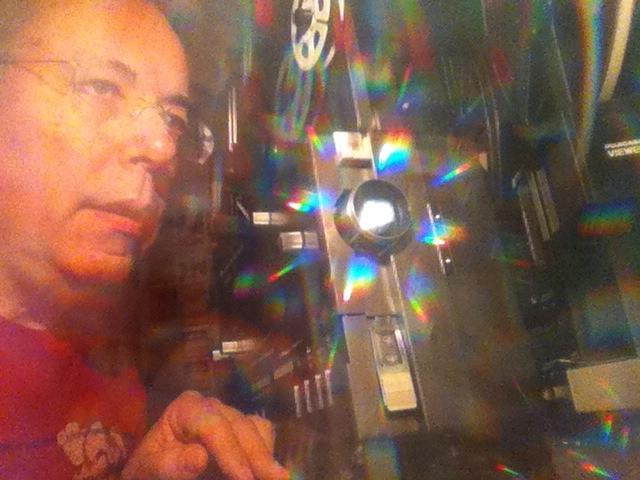






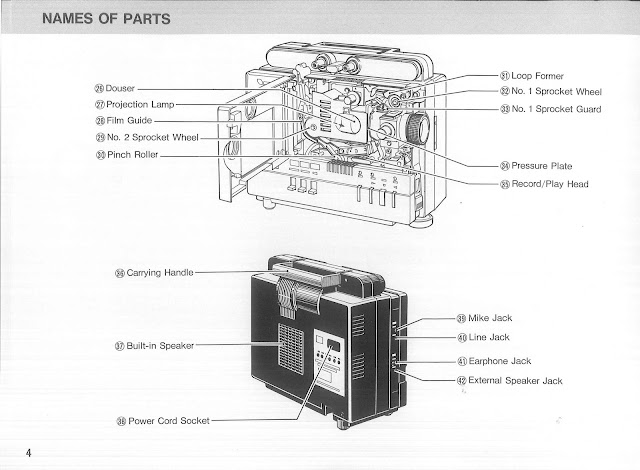


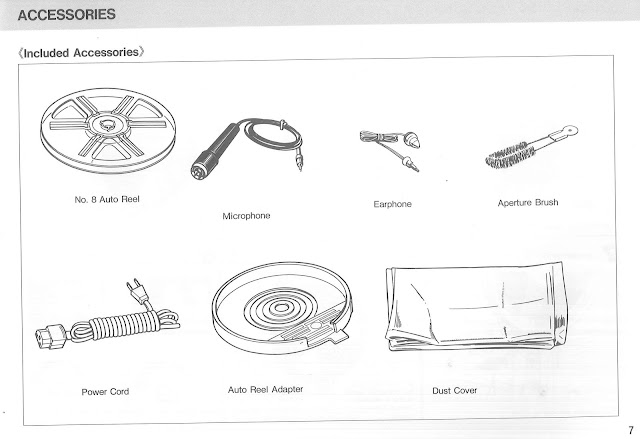




















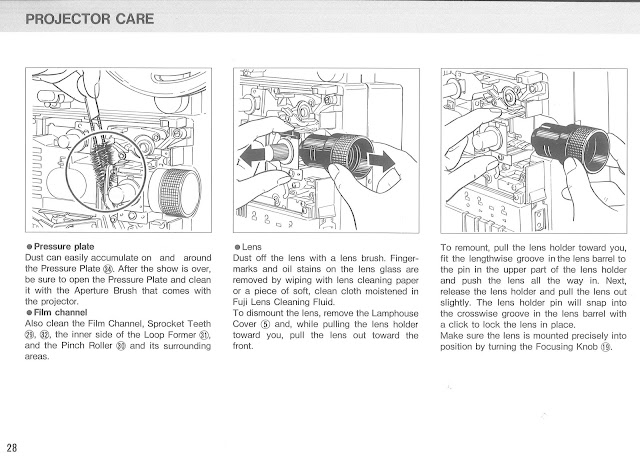

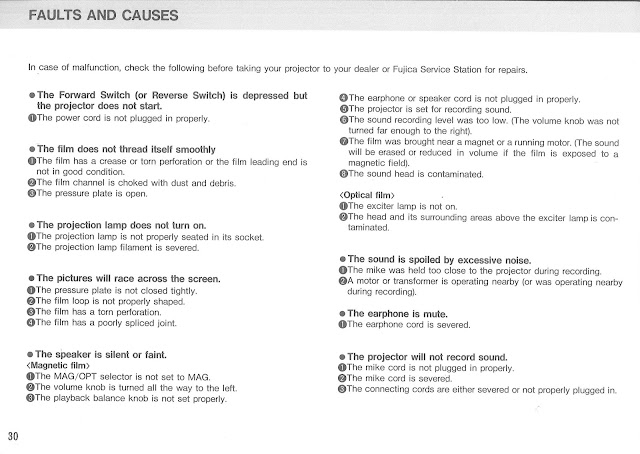


No hay comentarios:
Publicar un comentario